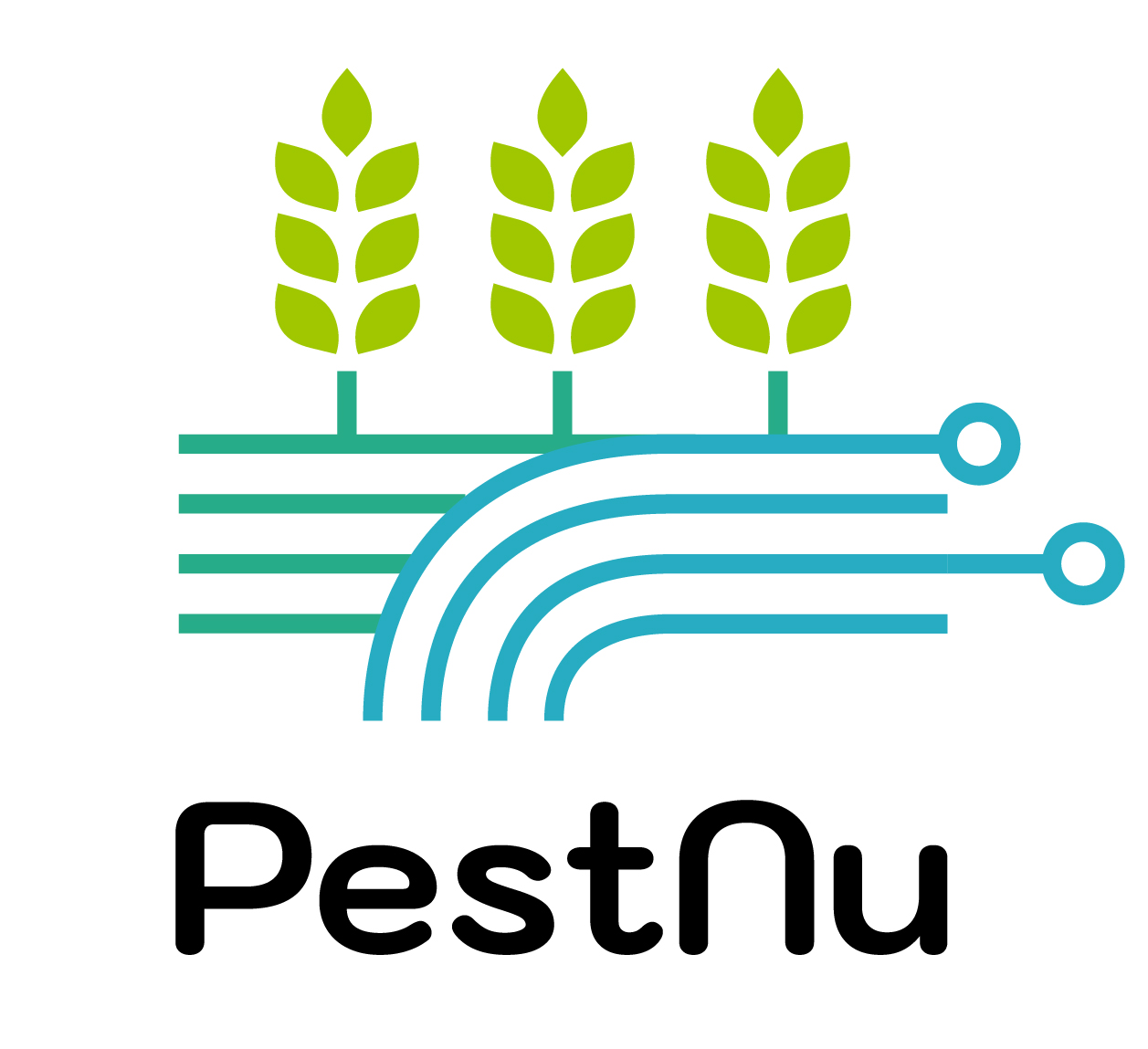We are thrilled to announce a new, outstanding achievement accomplished by University of Thessaly (UTH) supported by CERTH, within the context of PestNu project!
The article, “Exploring the Potential of Biostimulants to Optimize Lettuce Cultivation in Coupled and Decoupled Aquaponics Systems: Growth Performance, Functional Characteristics and Metabolomic Analysis” has been published in the ” Horticulturae 2024” Journal, by MDPI!
The authors of the article are: Eirini Chandrou, Sofia Faliagka, Anastasia Mourantian, Marios Georgios Kollaros, Katerina Karamanoli, Eleftheria-Maria Pechlivani, Nikolaos Katsoulas, and Efi Levizou., and its respective DOI is the following: https://doi.org/10.3390/horticulturae10050514
The abstract and the keywords of the publication can be found below.
Zero-discharge and low-input aquaponics systems are a promising alternative to the intensive agricultural and aquacultural production systems currently used, ensuring high environmental sustainability. However, new approaches and management practices are needed to increase their productivity to reach the yields of classic production systems. In this context, the present study investigated for the first time the potential of two biostimulants to improve lettuce performance in aquaponics, whether coupled or decoupled, with hydroponics serving as a control. A comprehensive evaluation was conducted to assess the plant functional (focusing on the photosynthetic process evaluation) and growth responses at the whole-plant level. In addition, the nutritional state of the leaves was determined and metabolomic analysis was performed at the cellular level, the latter also for the first time in aquaponics research. The results demonstrated the limitations that coupled aquaponics poses in relation to lettuce growth, function and metabolism, which were already obvious from the 12th day of the experiment. Indicatively, the plants grown under coupled aquaponics exhibited a notable decrease in the leaf fresh weight, potassium content and nitrogen content, with reductions of 80%, 60%, and 30%, respectively, in comparison to the hydroponics control. However, the combined physiological and metabolomic data indicate that these plants down-regulate processes and metabolism to acclimate to low nutrient levels in lettuce leaves rather than experiencing damage. The application of biostimulants did not significantly optimize the plants’ performance, though one of them appeared to be effective in improving some aspects of the photochemical efficiency. The decoupled and hydroponics systems resulted in similarly high yields and efficiency in terms of plant function, without any marked contribution from the biostimulants. We conclude that the decoupled aquaponics system has been successful in achieving yields comparable to those of hydroponics, with lower chemical inputs. Future studies should focus on examining other biostimulants in this system to further improve its performance while maintaining its environmental benefits within a circular economy framework.
Keywords: physiology; greenhouse; metabolomics; chlorophyll fluorescence; LUE
You can reach the full article following this link https://www.mdpi.com/2311-7524/10/5/514

